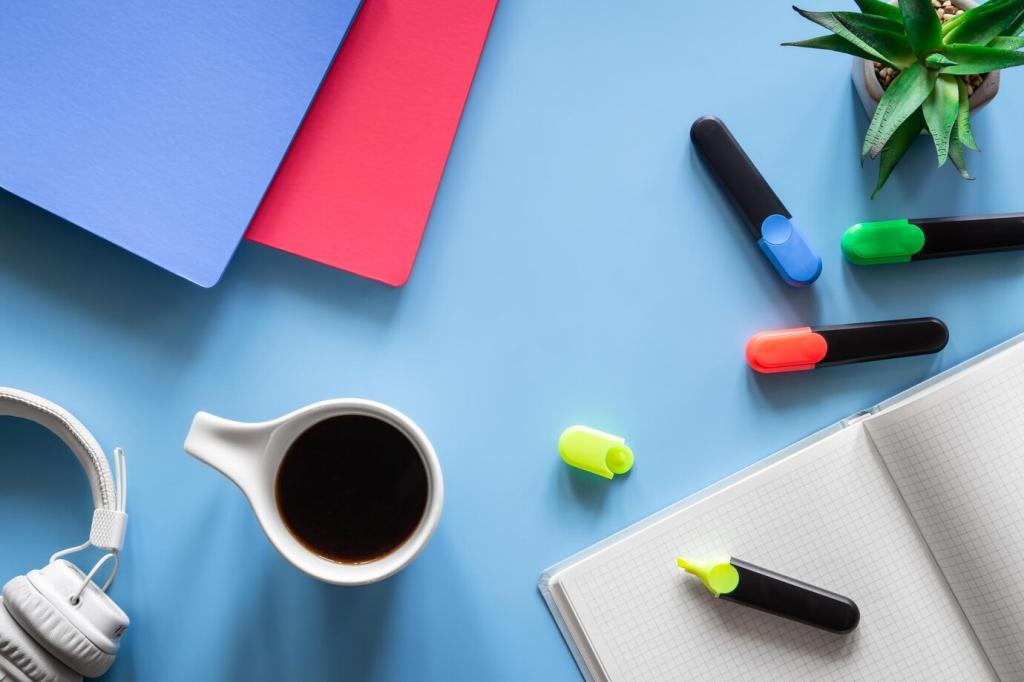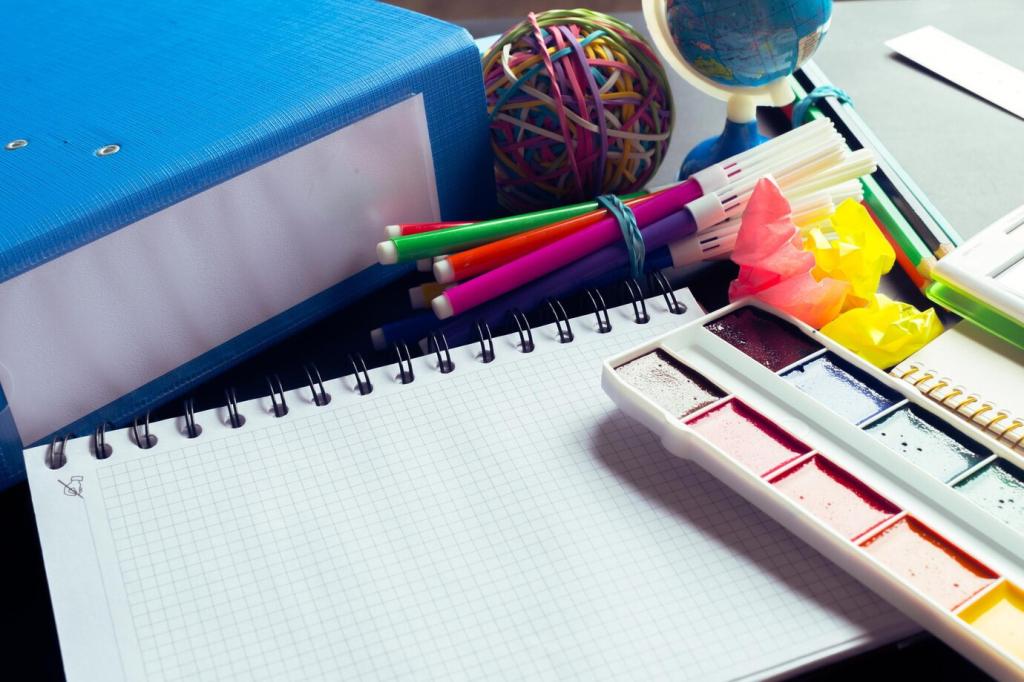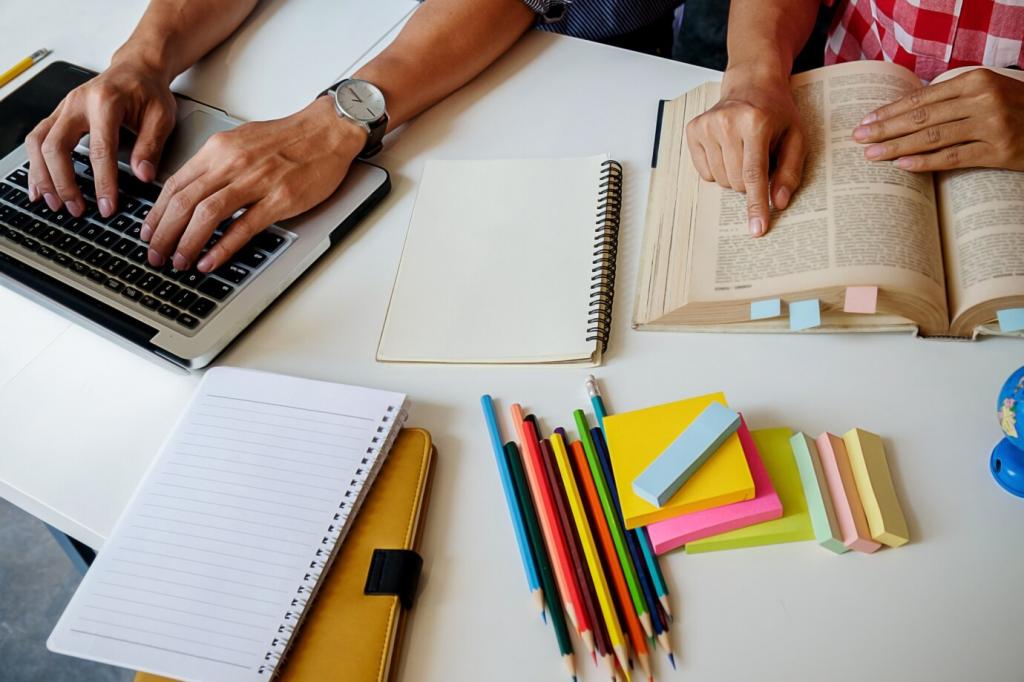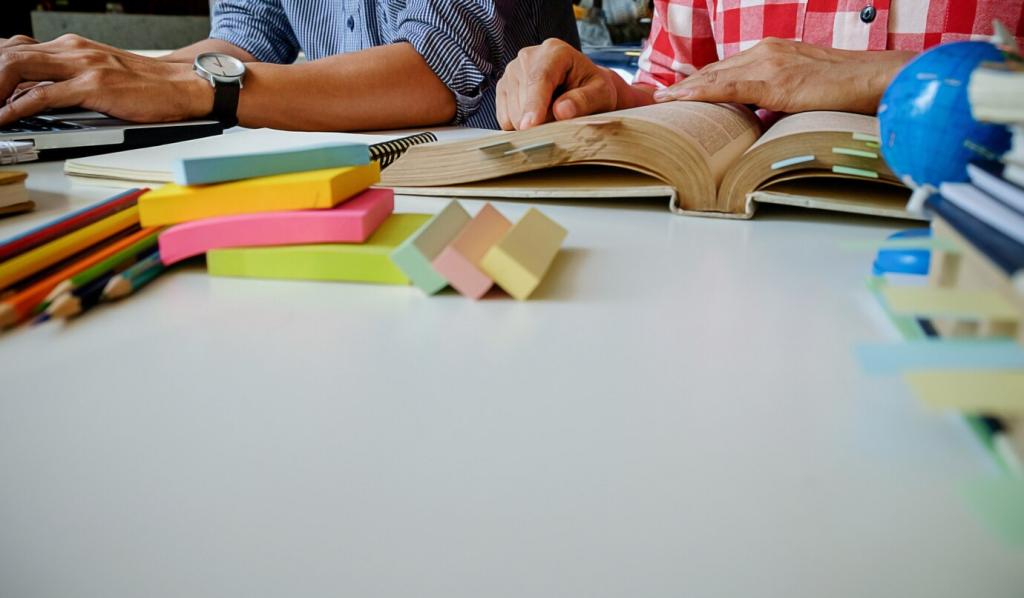Blended Learning Strategies for Educators: Teach Smarter, Reach Every Learner
Chosen theme: Blended Learning Strategies for Educators. Discover practical models, design moves, and human stories that make blended learning purposeful, equitable, and energizing. Join the conversation and subscribe to keep evolving your craft.


What Blended Learning Is—and Why It Works
Explore Station Rotation for varied practice, Flipped Classroom for concept introduction at home, Flex for self‑paced pathways, A La Carte for specialized courses, and Enriched Virtual for hybrid schedules. Match models to learners, not trends.
What Blended Learning Is—and Why It Works
Meta‑analyses have found blended approaches can outperform purely online or face‑to‑face instruction when design is intentional. The advantage grows from timely feedback, self‑paced review, and richer in‑person coaching focused on higher‑order thinking.

Break content into bite‑sized chunks. Place direct instruction and low‑risk practice online for replay and pacing. Use in‑person time for collaboration, coaching, misconceptions, and transfer. Protect every minute with purposeful sequencing and clarity.

Hook with a curious prompt, let students explore through interactive media, then apply learning in hands‑on workshops. Close with reflection and next steps. Repeat the pattern until routines feel natural and students anticipate each phase.

Signal transitions with timers, music cues, or visual cards. Pre‑teach what materials travel between stations. Keep a posted agenda so students self‑manage. Build in two-minute breathers to reset attention and reduce friction between online and offline tasks.
Your Technology Toolkit, Simplified
Adopt a consistent LMS to house agendas, materials, deadlines, and feedback. Standardize naming conventions and weekly layouts so students spend less time hunting and more time learning. Clarity reduces cognitive load and supports family communication.
Your Technology Toolkit, Simplified
Use interactive videos, collaborative whiteboards, and discussion platforms to spark thinking, not just clicks. Favor tools that export student work, track progress, and enable multimodal expression. Always decide the pedagogy first, then choose the technology.
Your Technology Toolkit, Simplified
Leverage quick checks, auto‑graded quizzes, and audio or video comments for timely responses. Ensure accessibility with captions, alt text, and mobile‑friendly formats. Collect analytics ethically, focusing on trends that inform your next instructional moves.
Differentiation and Inclusion by Design
Choice Boards and Pathways
Offer varied entry points: watch, read, listen, simulate, or build. Provide must‑dos for essentials and may‑dos for enrichment. Scaffold with exemplars and checklists. Students select paths that fit readiness and interests while meeting clear goals.
Accessibility and Equity Foundations
Caption videos, provide transcripts, add alt text, and ensure color contrast. Offer downloadable packets for limited connectivity and mobile‑first layouts. Provide quiet options and sensory breaks. Equity grows when access barriers shrink by thoughtful design.
Supporting Multilingual and Neurodiverse Learners
Pre‑teach vocabulary with visuals, sentence stems, and glossaries. Use predictable routines and chunked instructions. Allow multiple response modes, including voice notes and visuals. Celebrate translanguaging and think time to unlock confidence and deeper understanding.
Use entry tickets to surface preconceptions, mid‑lesson polls to redirect teaching, and exit tickets to plan tomorrow. Embed reflective prompts in online activities so students articulate thinking, not just answers, and you catch misconceptions early.

Culture, Routines, and Digital Citizenship
Norms for Screens and Spaces
Establish device parking, clear naming for files, and camera expectations by purpose. Teach netiquette explicitly. Use visual signals for “eyes on me” and “you’re in charge.” Routines reduce friction and free energy for deeper learning.
Groupwork That Works
Assign roles, time limits, and success criteria. Model talk moves and conflict resolution. Rotate responsibilities so every student practices leadership and listening. Debrief teamwork with quick reflections to strengthen collaboration muscles over time.
Wellbeing and Workload
Balance screen time with movement, analog tasks, and peer connection. Batch communications and set office hours to protect teacher energy. Normalize unplugging rituals and mindful pauses so learning stays sustainable for everyone involved.
From the Field: A Week in a Flipped Unit
Students watched five‑minute concept videos with embedded checks, pausing to jot questions. In class, they sorted misconceptions on a wall, laughing when two identical myths appeared. Curiosity anchored the week and raised the quality of talk.


From the Field: A Week in a Flipped Unit
Rotations included guided problem‑solving, a peer‑teaching table, and an application station using real data. The teacher conferred with six students daily, tailoring next steps. Engagement rose because help arrived exactly when it was needed most.
Grow Your Practice and Community
Build a PLC Around Blended Learning
Meet biweekly with a small team. Set a common focus, observe each other’s classes, and exchange artifacts. Keep meetings short, specific, and supportive. Progress compounds when feedback cycles and shared language become normal habits.
Iterate with Micro‑Experiments
Run tiny tests: swap an opener, change a station routine, or rewrite one prompt. Track impact with two data points and student voice. Small, safe experiments reduce risk while building evidence for bigger shifts later.
Share and Subscribe
Post a takeaway in the comments and invite a colleague to join. Subscribe for weekly templates, checklists, and stories from classrooms like yours. Together, we’ll keep refining blended learning strategies that honor every learner.
